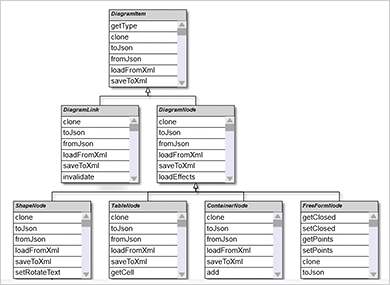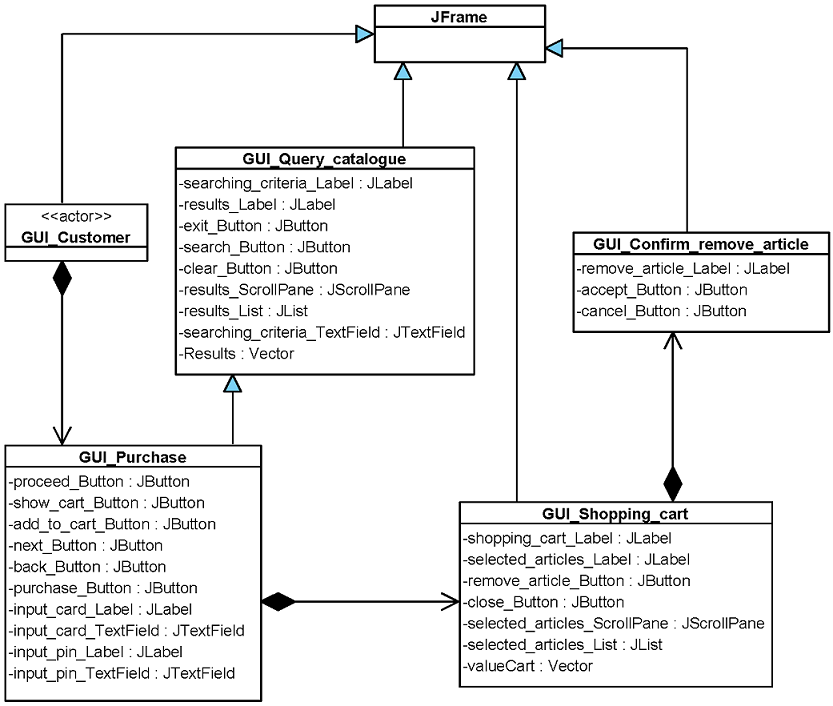

This includes the finished profile, complete source code, and a launch configuration that runs the stand-alone Java application which creates the profile in the root folder of the example project, applies it to a test model, and manipulates stereotype attributes ("tagged values").īefore getting started, you’ll need to create a simple project in your workspace. This will be available when Enhancement 382342 is resolved and released in a UML2 build. wizard, selecting the UML2 Example Projects → Introduction to UML2 Profiles sample. Readers who don't want to follow every step of this tutorial may install a working solution from the New → Example. The Ecore profile that we will develop is as follows, comprising only the subset of stereotypes dealing with properties. Then we’ll look at what’s involved in applying profiles and stereotypes to models. For each type of element, we’ll first explain the creation process using the sample UML editor and explore how to accomplish the same thing using Java code. Using a subset of the Ecore profile (see below) and the model we described in the “Getting Started with UML2” article (the ExtendedPO2 model, shamelessly “borrowed” from the EMF “bible” ) as an example, we’ll look at what’s involved in creating some of the more common elements that make up a profile. This article will walk you through the basics of creating and applying profiles using UML2. Restart Eclipse when prompted to do so.Īt this stage, UML2 and all dependencies should be installed.Accept the terms of the license agreement and press the Finish button.Review the install details and press the Next > button.

Select UML2 Extender SDK and press the Next > button.Select a software site to work with, e.g., Luna.Select the Help > Install New Software… menu item.You can either download the Modeling Tools Package or follow these steps: To start using UML2 (and to follow along with the example in this article), you must have Eclipse, EMF, and UML2 installed. In particular, it gives an overview of how to create and apply profiles (and their contents) both programmatically and by using the sample UML editor. This article describes how to work with profiles using the UML2 plug-ins for Eclipse. 19 Accessing Stereotype Property Values.


 0 kommentar(er)
0 kommentar(er)
